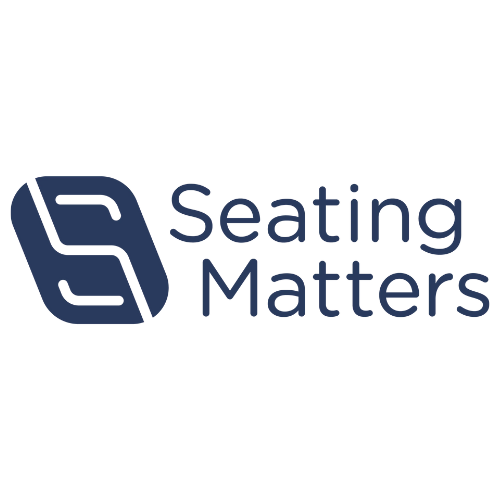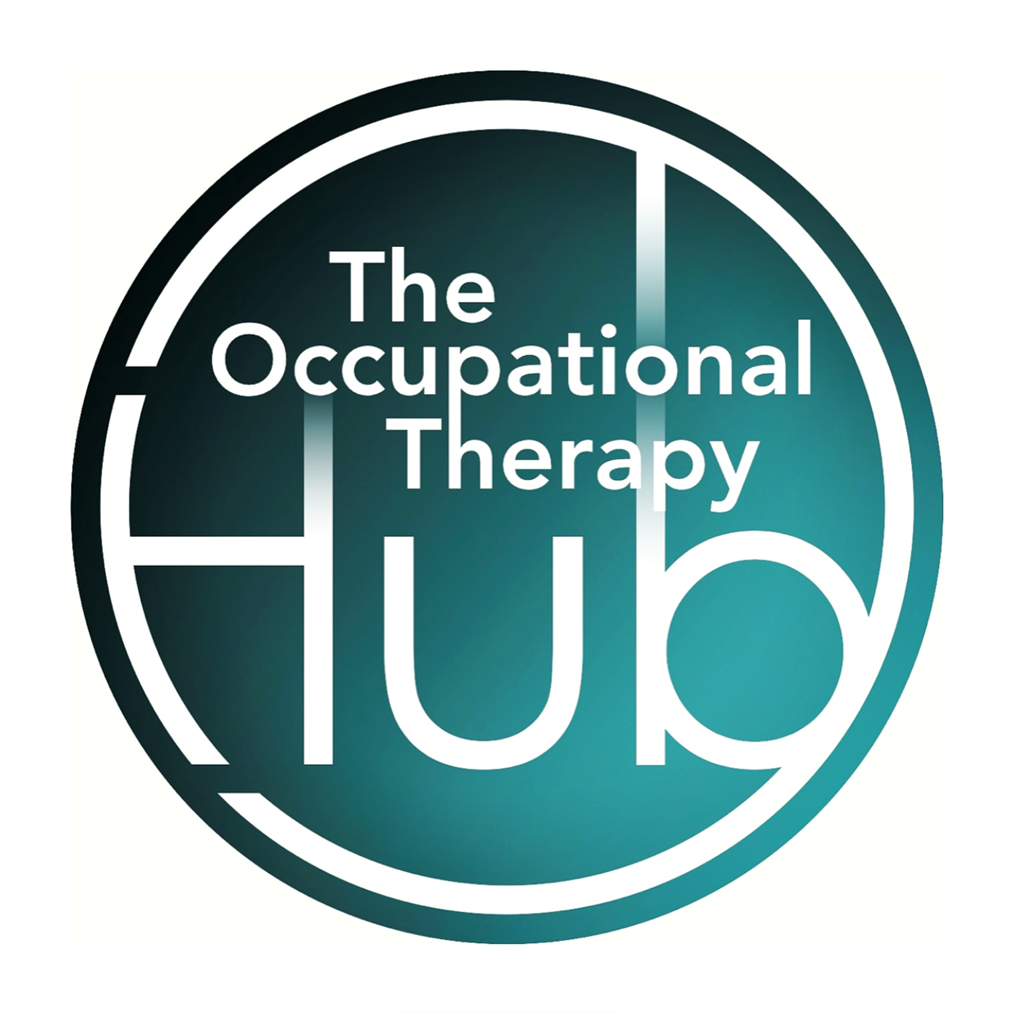Reducing fall risks in elderly care: The role of floor-level beds
)
What is meant by reducing fall risks?
Reducing fall risks means creating an environment that is not only safer but also more responsive to the needs of individuals with reduced mobility, strength, or balance. It goes beyond simply preventing accidents- it’s about:
Achieving this takes a layered approach: removing environmental hazards, using the right equipment, and, most importantly, tailoring support to the individual’s physical and cognitive needs.
What are the most common fall risks?
In elderly care, fall risks are often caused by a mix of physical, environmental, and medical factors. Key contributors include:
These risks often overlap and compound, which is why comprehensive fall prevention strategies are essential.
Why floor-level beds?
Even when surrounded by fall mats, standard-height beds still pose a risk for individuals who are frail or disoriented- especially during night time hours. That’s where floor-level beds offer a meaningful advantage.
The Accora FloorBed is designed to lower significantly closer to the ground than traditional beds. This minimises the distance a person might fall, reducing both the risk and the potential severity of injury.
But it’s not just about fall prevention. A bed that adjusts to floor level also:
Simply put, lowering the bed helps raise the standard of care.
The link between posture and fall prevention
Posture plays a far more significant role in fall prevention than many people realise. It’s not just about how someone sits or lies down- it’s about how their entire body functions in relation to balance, strength, and movement. When posture becomes asymmetrical- perhaps due to muscle weakness, discomfort, or underlying neurological conditions- a person may begin to lean to one side or shift their weight unevenly. This imbalance can make simple movements, like turning in bed or transitioning to a chair, much more hazardous.
These subtle postural shifts often go unnoticed until they result in a near fall or injury. That’s why proactive solutions that support better body alignment are essential. Beds like the Accora FloorBed are designed not just with safety in mind, but also with positioning and posture at the forefront. When used alongside adaptive chairs, pressure-relieving cushions, and other supportive aids, the FloorBed helps promote a more symmetrical and stable posture.
This kind of support is critical for safer movement and smoother transfers in and out of bed. It also contributes to better overall positioning, helping to relieve pressure points and reduce the risk of pressure injuries. Over time, encouraging good posture can also enhance long-term mobility and independence- making it a vital part of any fall prevention strategy.
The importance of proper elderly care
At the heart of fall prevention lies a deeper commitment to delivering thoughtful, high-quality care. It’s not just about avoiding incidents- it’s about creating an environment where older adults can feel genuinely safe, comfortable, and supported every day. Proper care ensures that individuals are not only protected from harm but also treated with dignity and respect in every aspect of their routine.
When care is truly person-centered, residents feel a stronger sense of independence. They’re able to move more confidently, engage more fully with their surroundings, and maintain a better quality of life overall. This kind of empowerment doesn’t happen by accident- it stems from caregivers who are trained, attentive, and proactive in addressing risks before they become problems.
Well-designed care environments go even further by anticipating the real-life challenges older adults face. Reduced mobility, vision impairments, and cognitive changes are all common as we age, and the spaces we live in must adapt accordingly. From safe flooring choices to adjustable furniture and clear visual cues, every detail plays a role in supporting safety. When these considerations are built into the care environment from the ground up, it’s possible to achieve not just fewer falls- but a more dignified and fulfilling care experience.
How occupational therapists help reduce falls
Occupational therapists (OTs) play a critical role in identifying fall risks and designing personalised solutions. Their work often includes:
By collaborating closely with caregivers and families, OTs help ensure fall prevention is realistic, consistent, and individualised.
NEW: Safe Sleep: Fall Prevention Checklist (free download)
As part of our mission to make elderly care safer and smarter, we’ve created a free printable checklist focused entirely on bed-related fall prevention.
The checklist covers high-impact safety tips including:
This checklist is ideal for:
Final thoughts
Fall prevention isn’t just a checklist item- it’s an act of care. It reflects a commitment to creating safer, more supportive environments where older adults can live with greater confidence, comfort, and autonomy. Every action we take, whether it’s adjusting equipment, enhancing posture support, or giving care teams the resources they need, plays a meaningful role in protecting those most at risk.
From lowering beds to reducing fear, from thoughtful design to empowering training, each decision helps build a stronger foundation for quality care. Because when we invest in smarter solutions, we’re not just preventing falls- we’re helping people live better, safer lives.
True progress in care isn't always about going higher- it’s about creating safer foundations, starting at floor level.



















)

